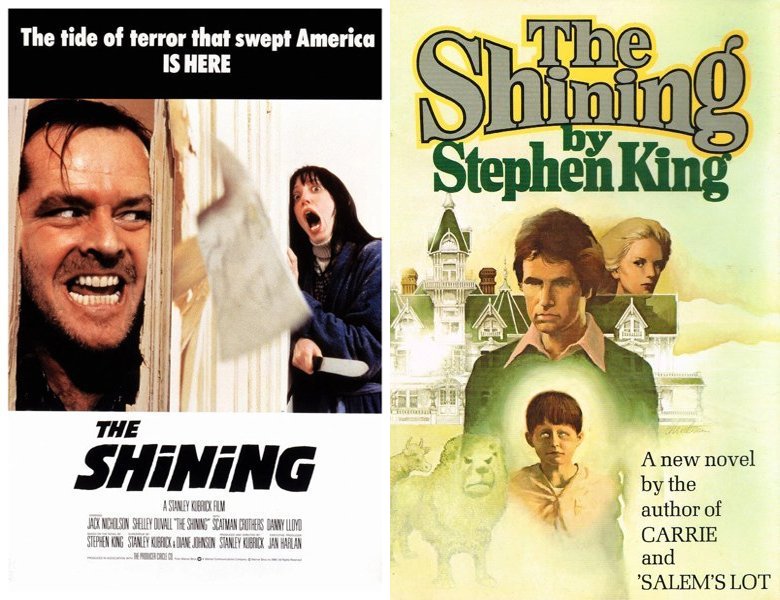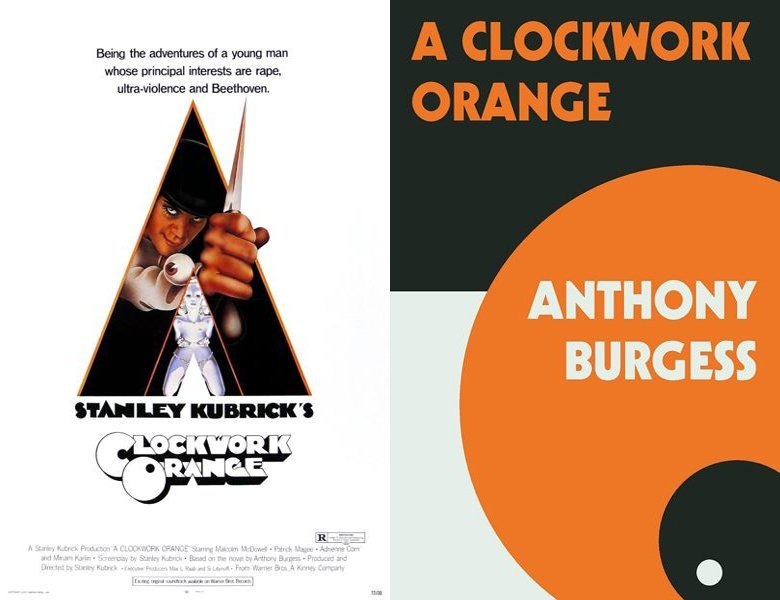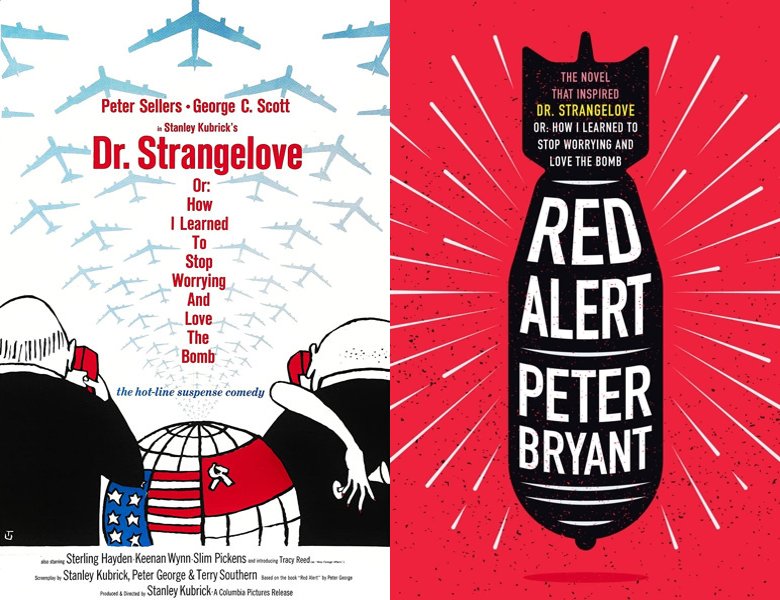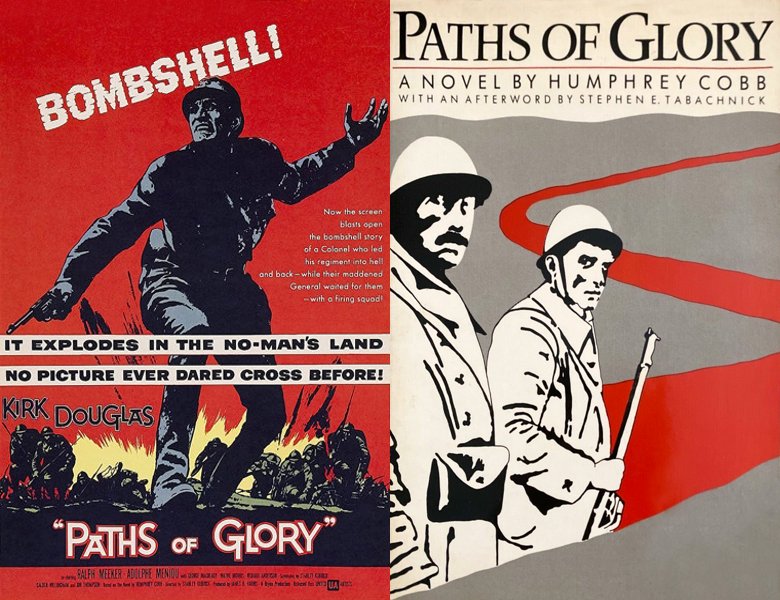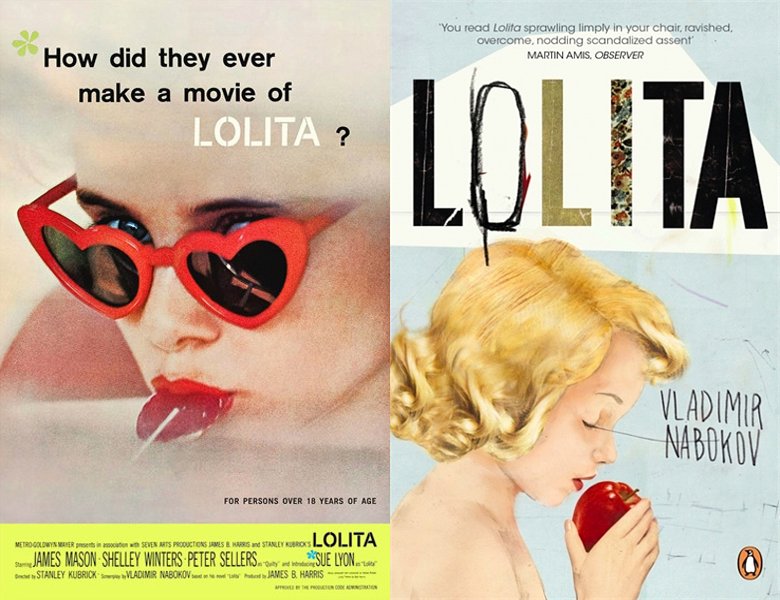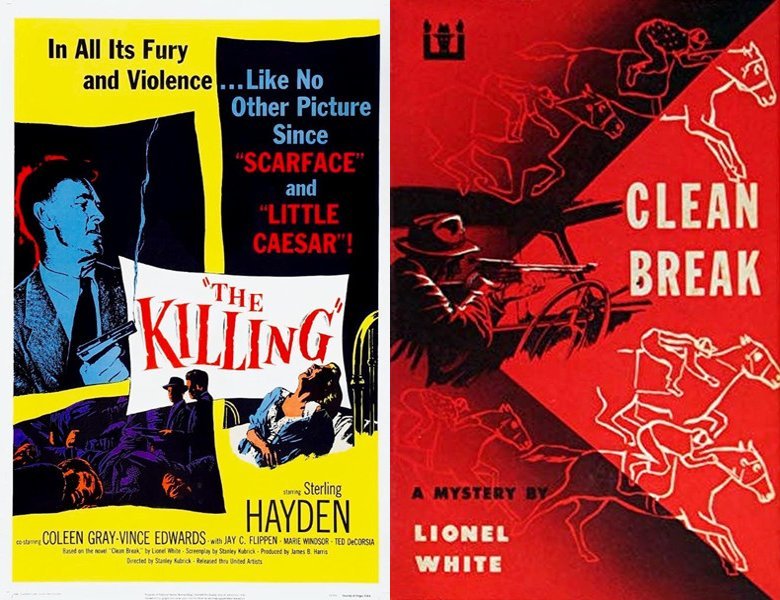From The Killing in 1956 to Eyes Wide Shut in 1999, all the films Stanley Kubrick directed since 1956 were based on books.
LISTS › Filmmakers › Stanley Kubrick
Stanley Kubrick and the art of adapting books into films
Writer Jack Torrance arrives at the remote Overlook Hotel in the Rocky Mountains to be interviewed for the position of winter caretaker. Manager Stuart Ullman warns Jack about the hotel ‘s reputation: a previous caretaker, Charles Grady, killed his family and himself.
In a near-future Britain, young Alexander DeLarge and his pals get their kicks beating and raping anyone they please. When not destroying the lives of others, Alex swoons to the music of Beethoven. The state, eager to crack down on juvenile crime, gives an incarcerated Alex the option to undergo an invasive procedure that’ll rob him of all personal agency.
During the United States’ involvement in the Vietnam War, a group of boot camp recruits arrive at Parris Island. Among the recruits is the overweight and dim-witted Leonard Lawrence, whom Hartman nicknames Gomer Pyle, as well as the wisecracking J.T.
United States Air Force Brigadier General Jack D. Ripper is commander of Burpelson Air Force Base, which houses the Strategic Air Command (SAC) 843rd Bomb Wing, flying B-52 bombers armed with hydrogen bombs.
Bill and Alice Harford live in New York City with their daughter Helena. She then discloses that during their vacation on Cape Cod, she encountered a naval officer and fantasized about him enough to consider leaving Bill and their daughter.
The film begins with a voiceover describing the trench warfare situation of World War I up to 1916. Mireau leaves the detailed planning of the attack to Colonel Dax of the 701st regiment, despite Dax’s protests that the only result of the attack will be to weaken the French Army with heavy losses for no benefit.
An omniscient narrator relates that in 1750s Ireland, the father of Redmond Barry is killed in a duel over a sale of some horses. Nora and her family plan to improve their finances through marriage, while Barry holds Quin in contempt and escalates the situation to a duel, in which Barry shoots Quin.
In the 1st century BC, the Roman Republic has slid into corruption, its menial work done by armies of slaves. When Spartacus is disarmed, his opponent, an African named Draba, spares his life in a burst of defiance and attacks the Roman audience, but is killed by an arena guard and Crassus.
Set in the 1950s, the film begins in medias res near the end of the story, with a confrontation between two men: 1 on the piano before being apparently shot to death behind a portrait painting of a young woman, with the shots fired from in front of the painting and passing through it. The film then flashes back to events four years earlier. He searches for a room to rent, and Charlotte Haze, a cloying, sexually frustrated widow, invites him to stay at her house.
Johnny Clay is a veteran criminal planning one last heist before settling down and marrying Fay. Johnny assembles a team consisting of a corrupt cop, a betting window teller to gain access to the backroom, a sharpshooter to shoot the favorite horse during the race to distract the crowd, a wrestler to provide another distraction by provoking a fight at the track bar, and a track bartender.
